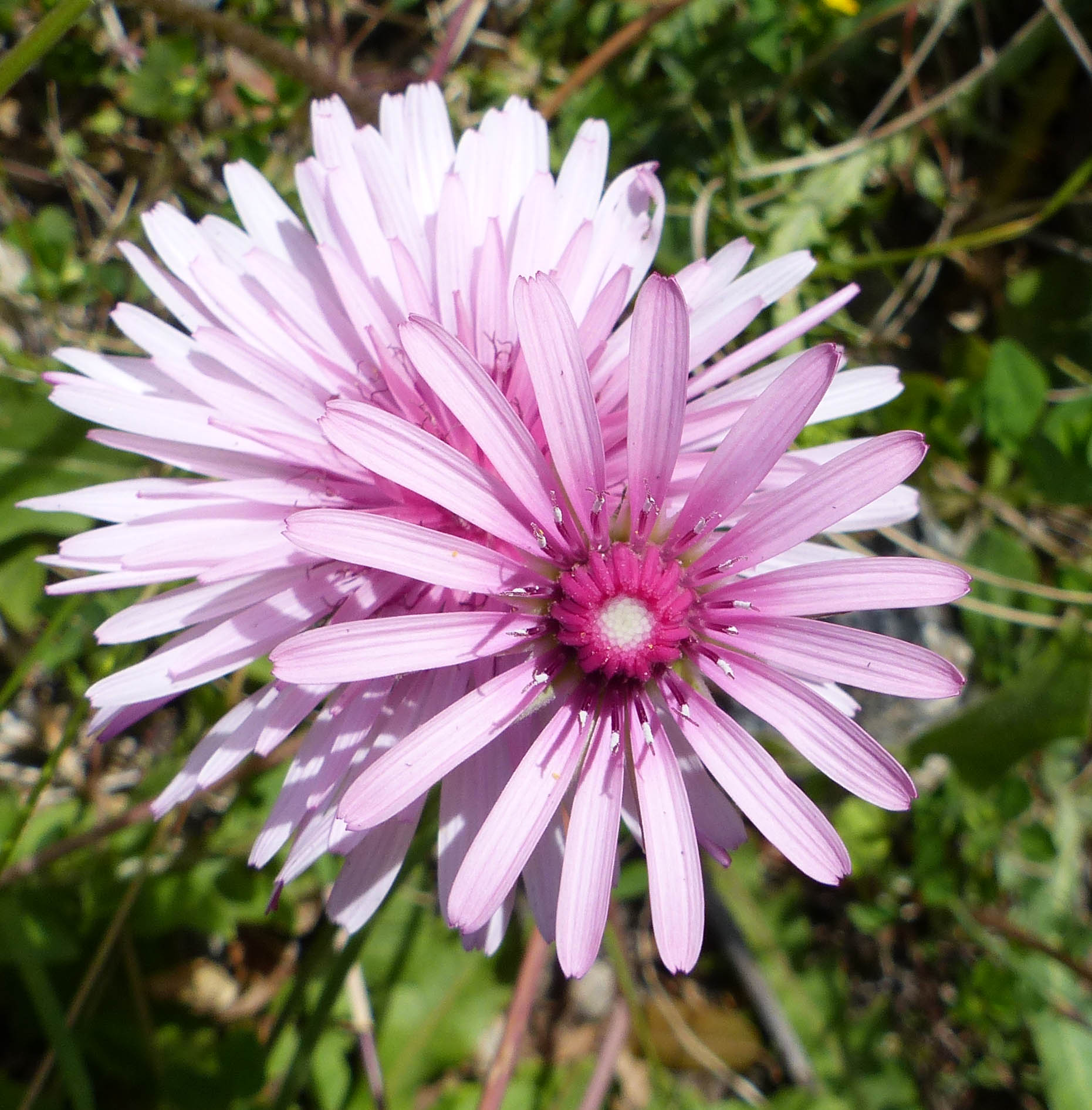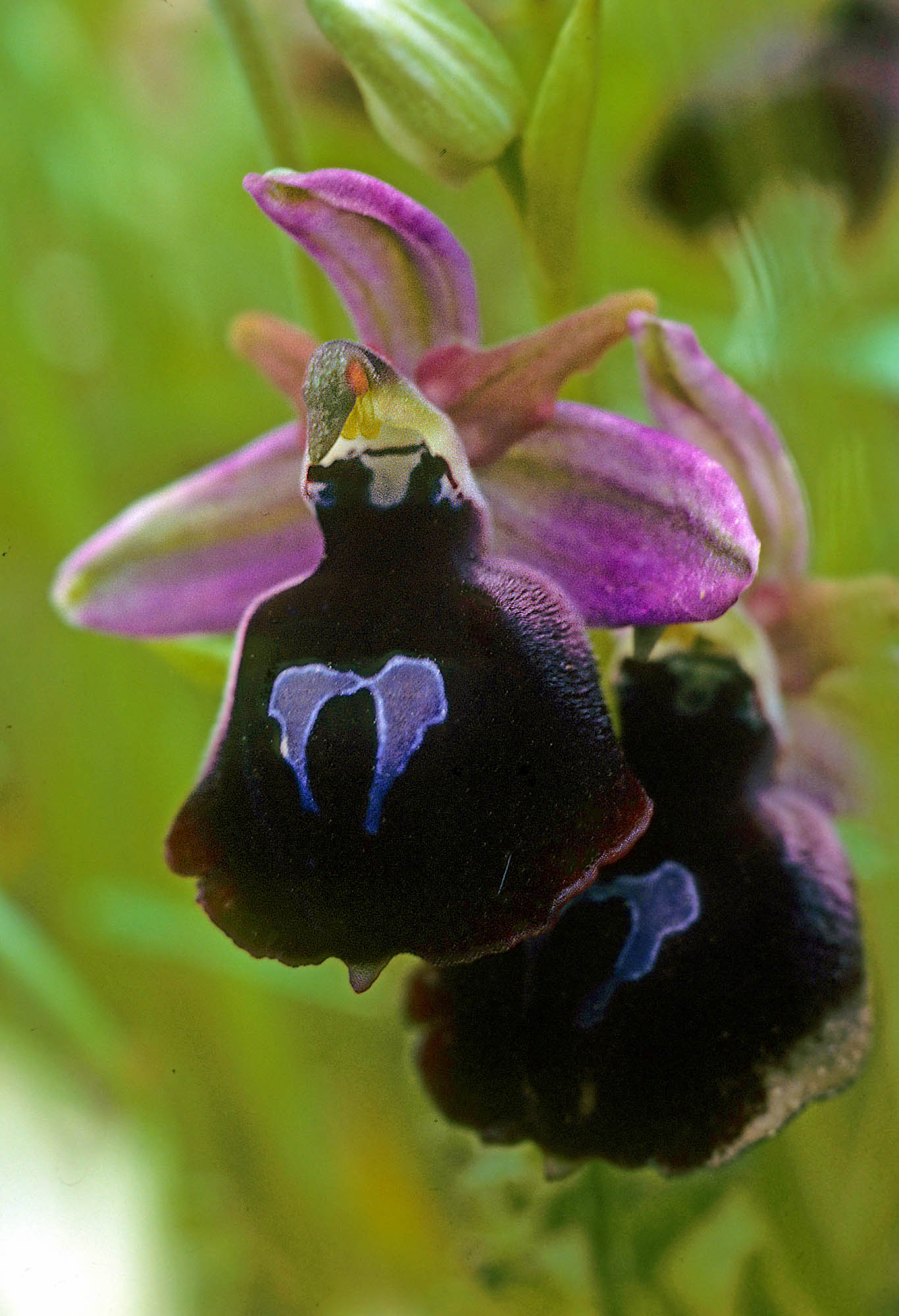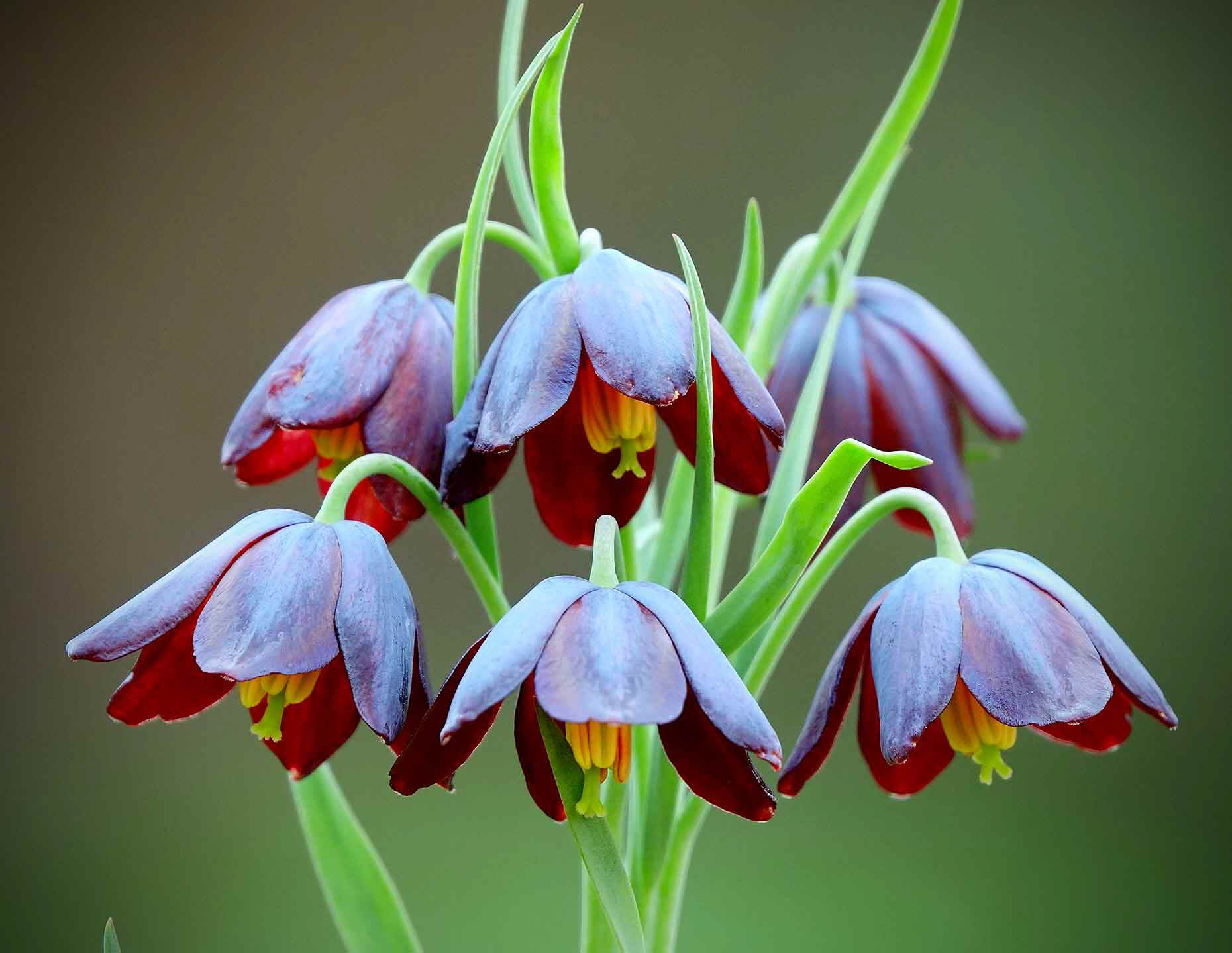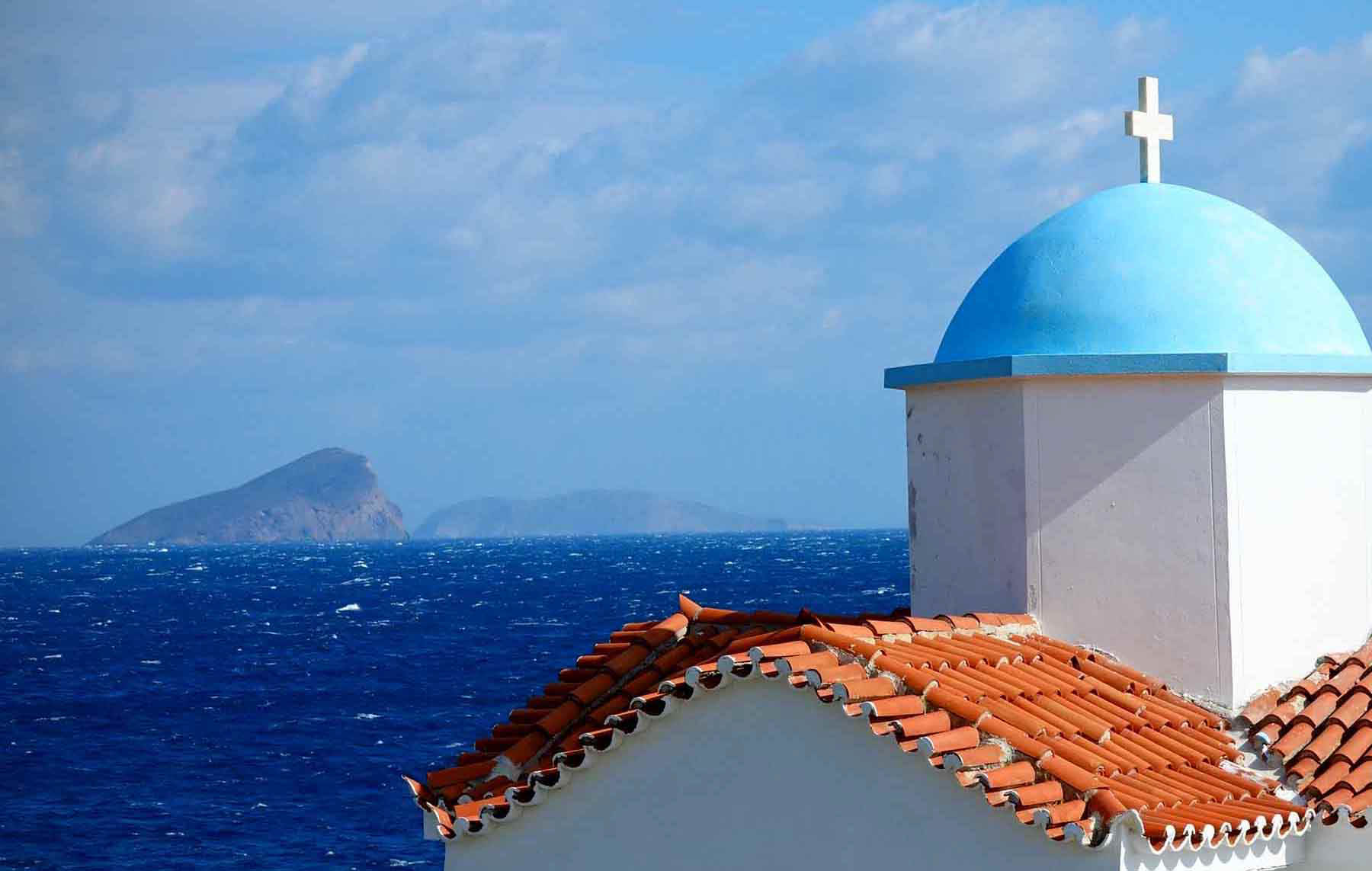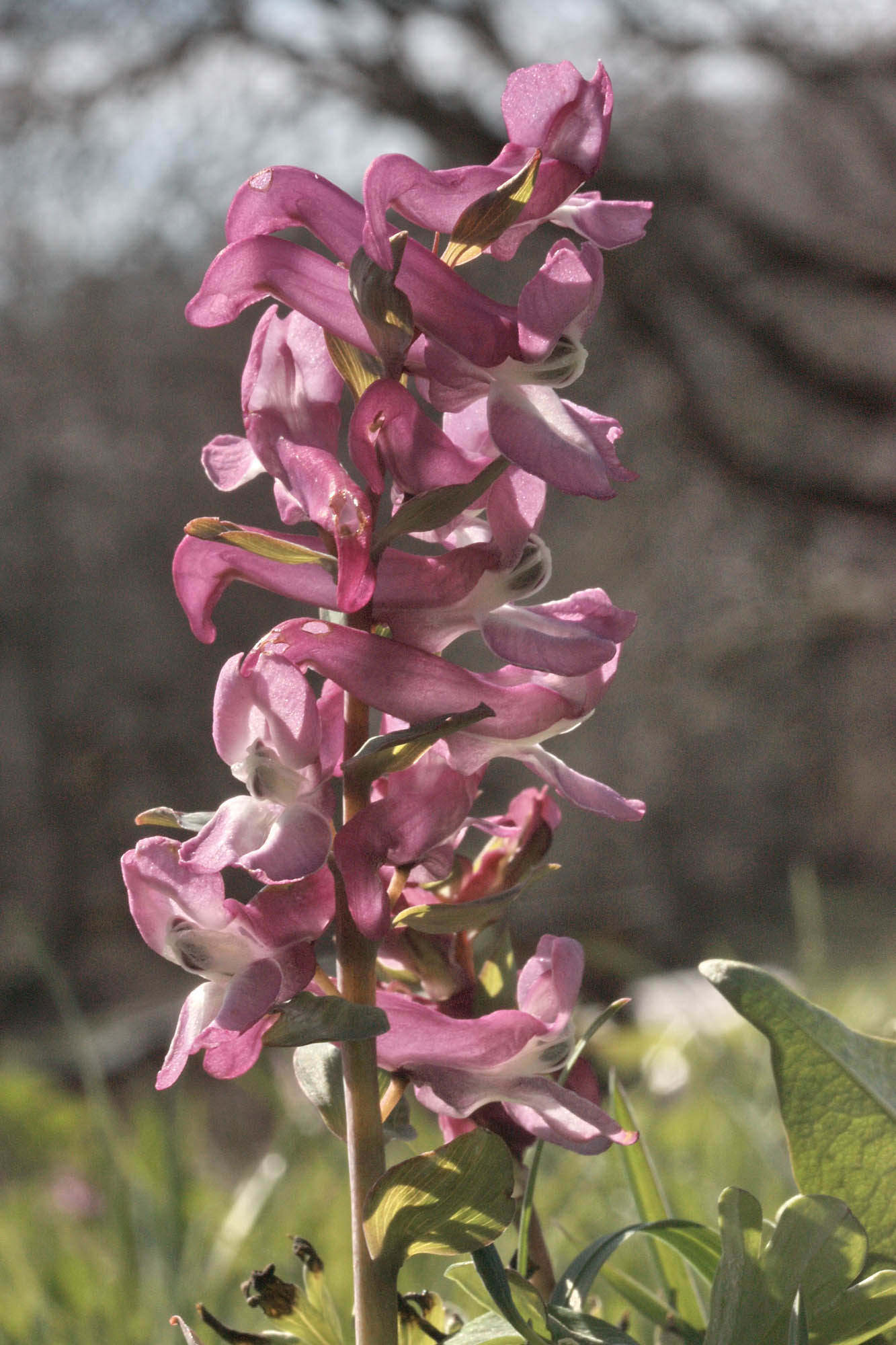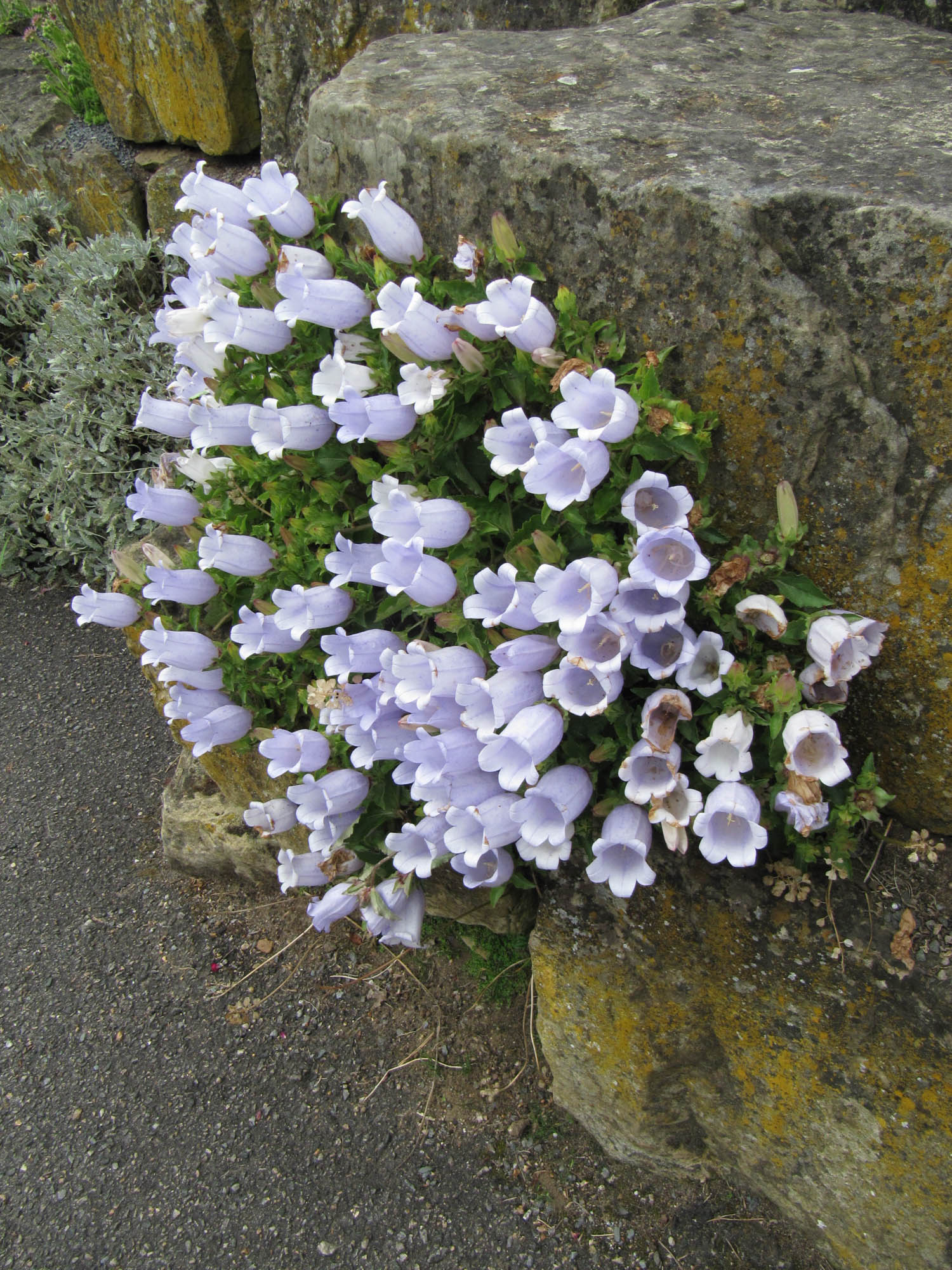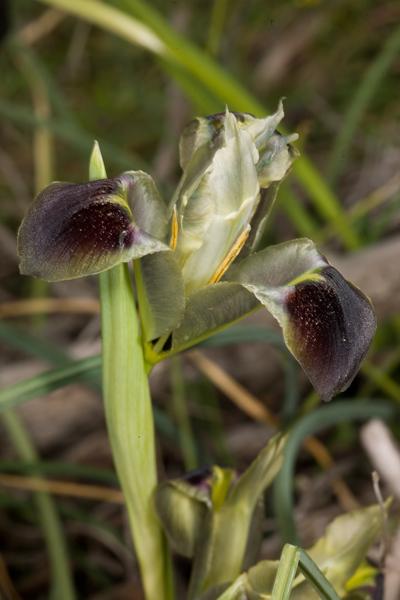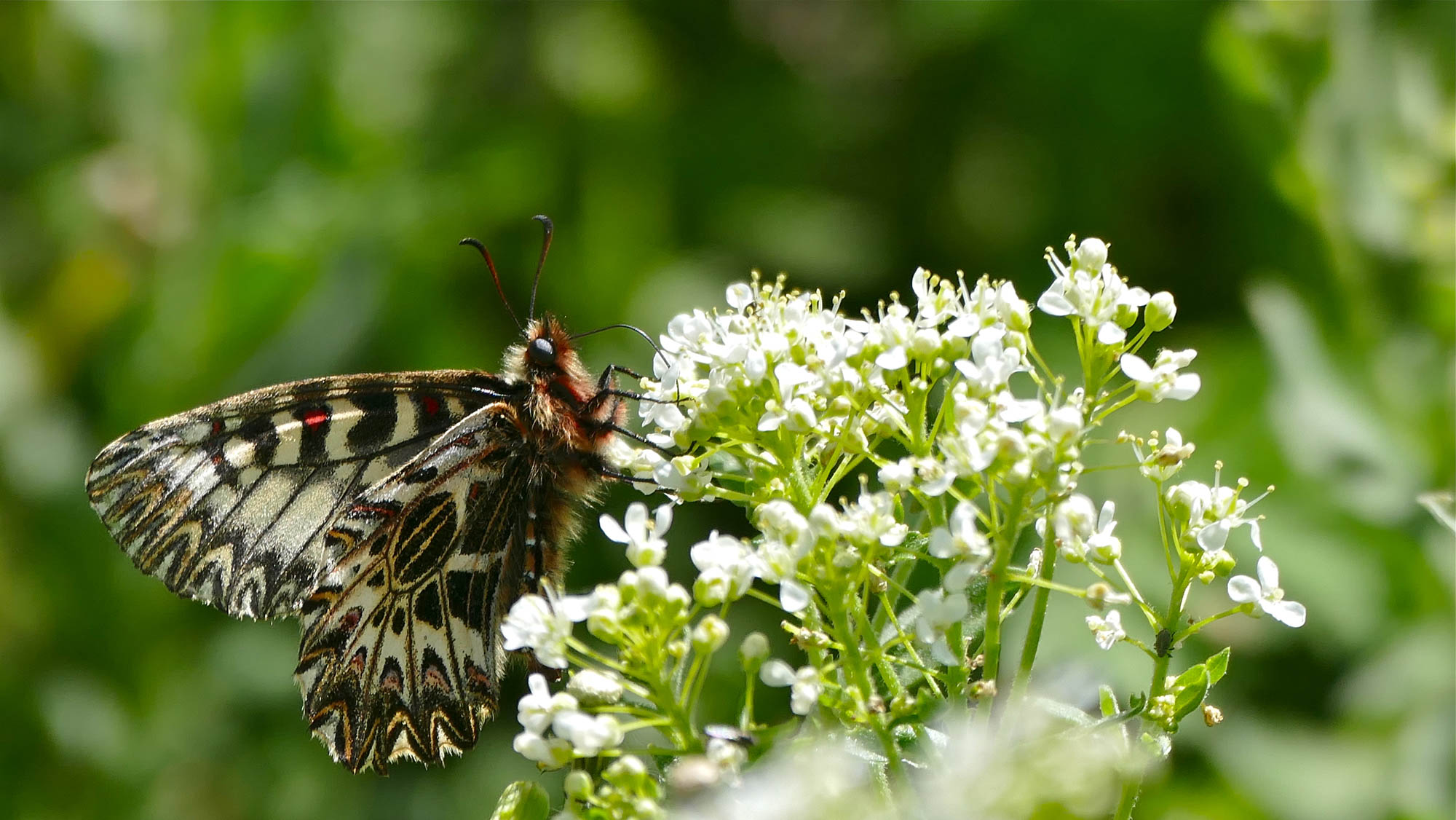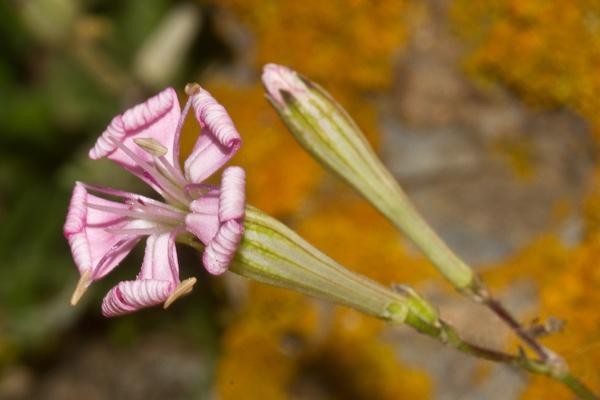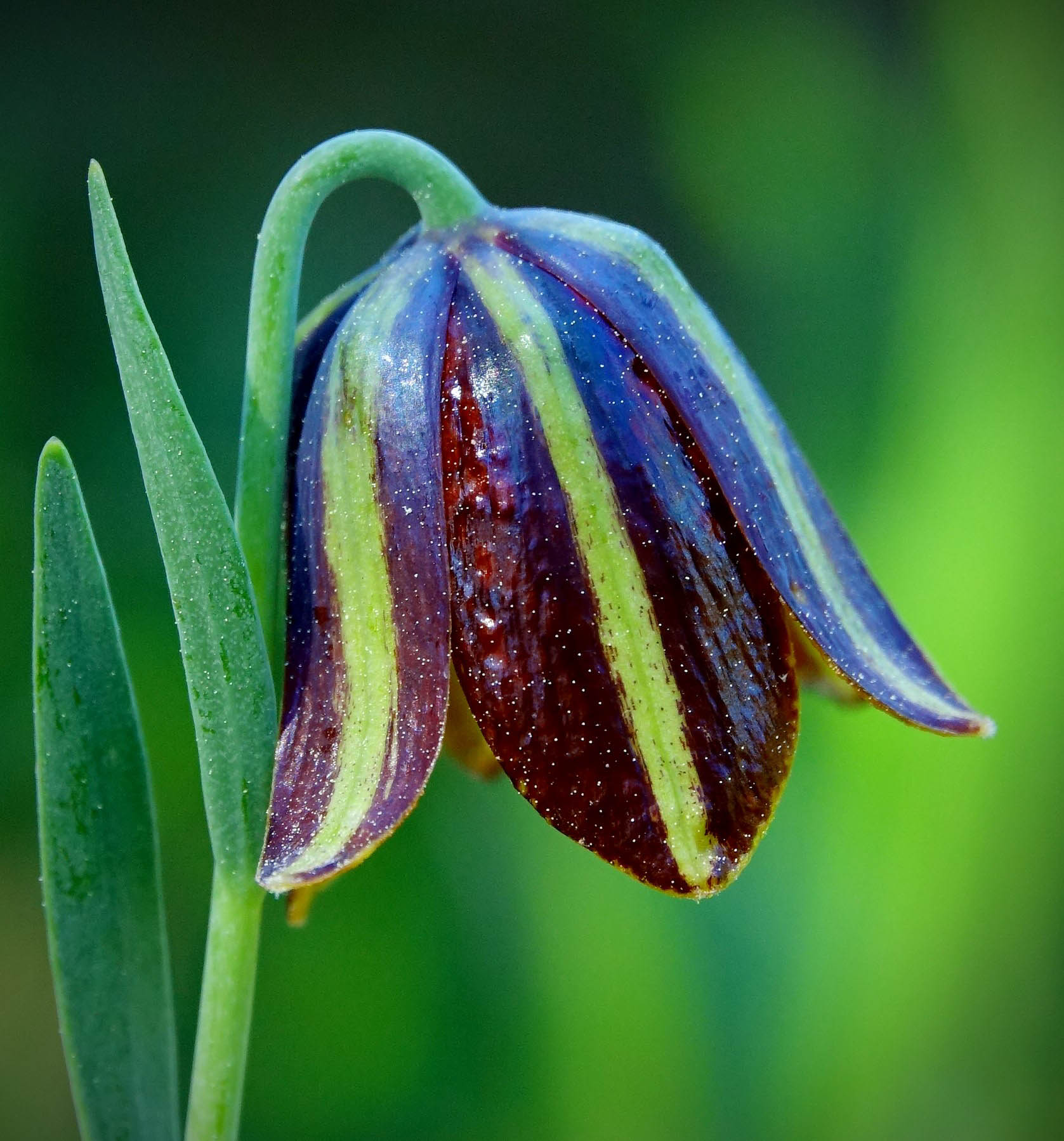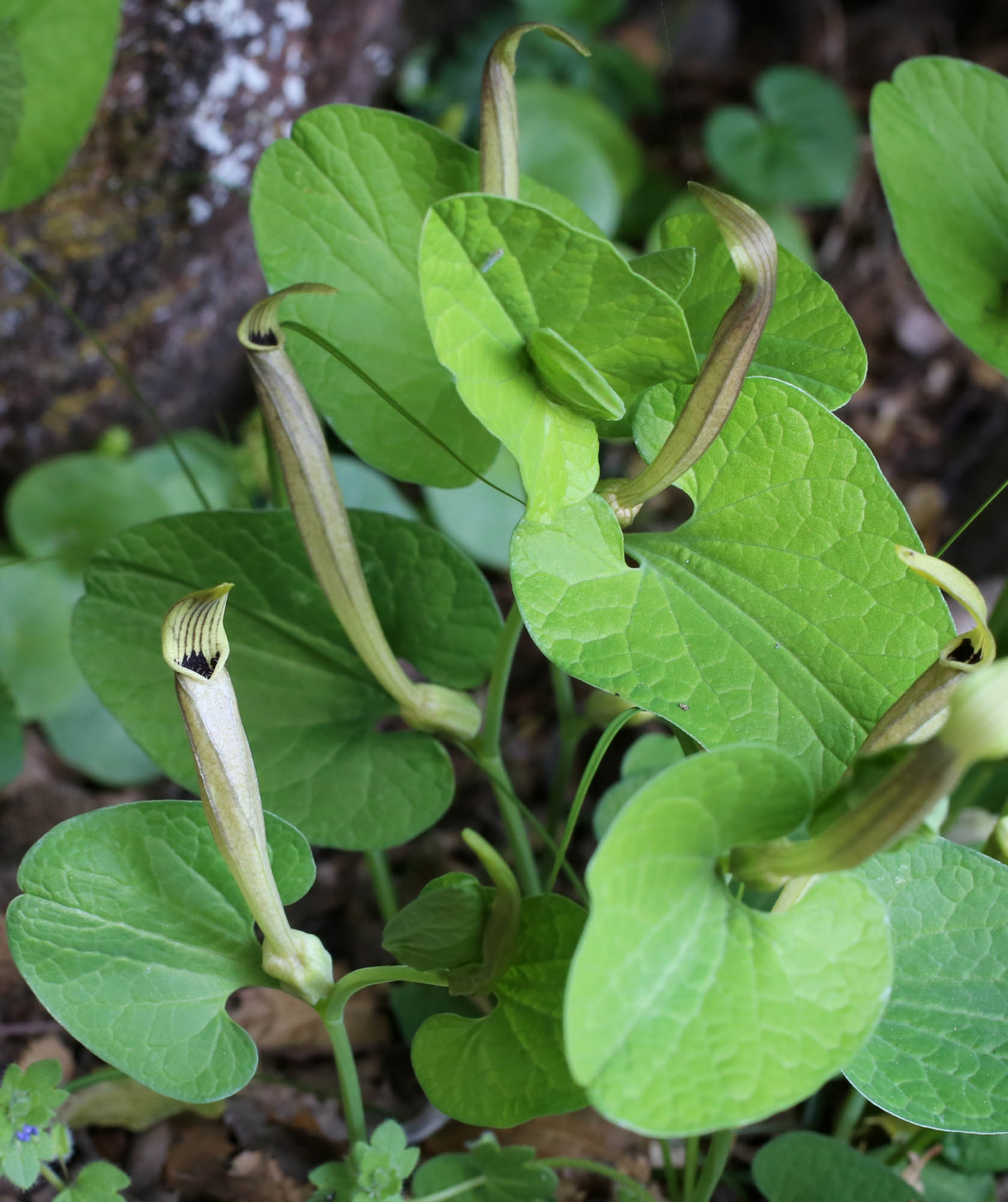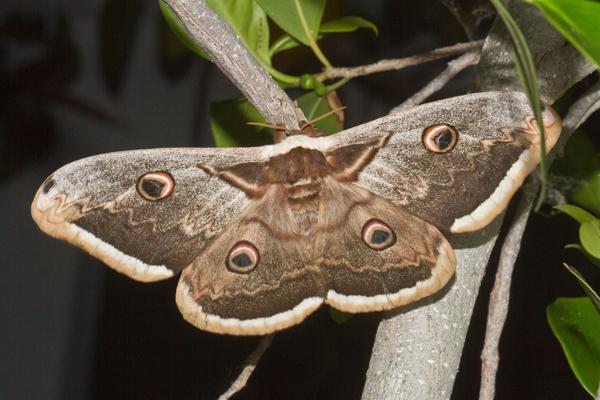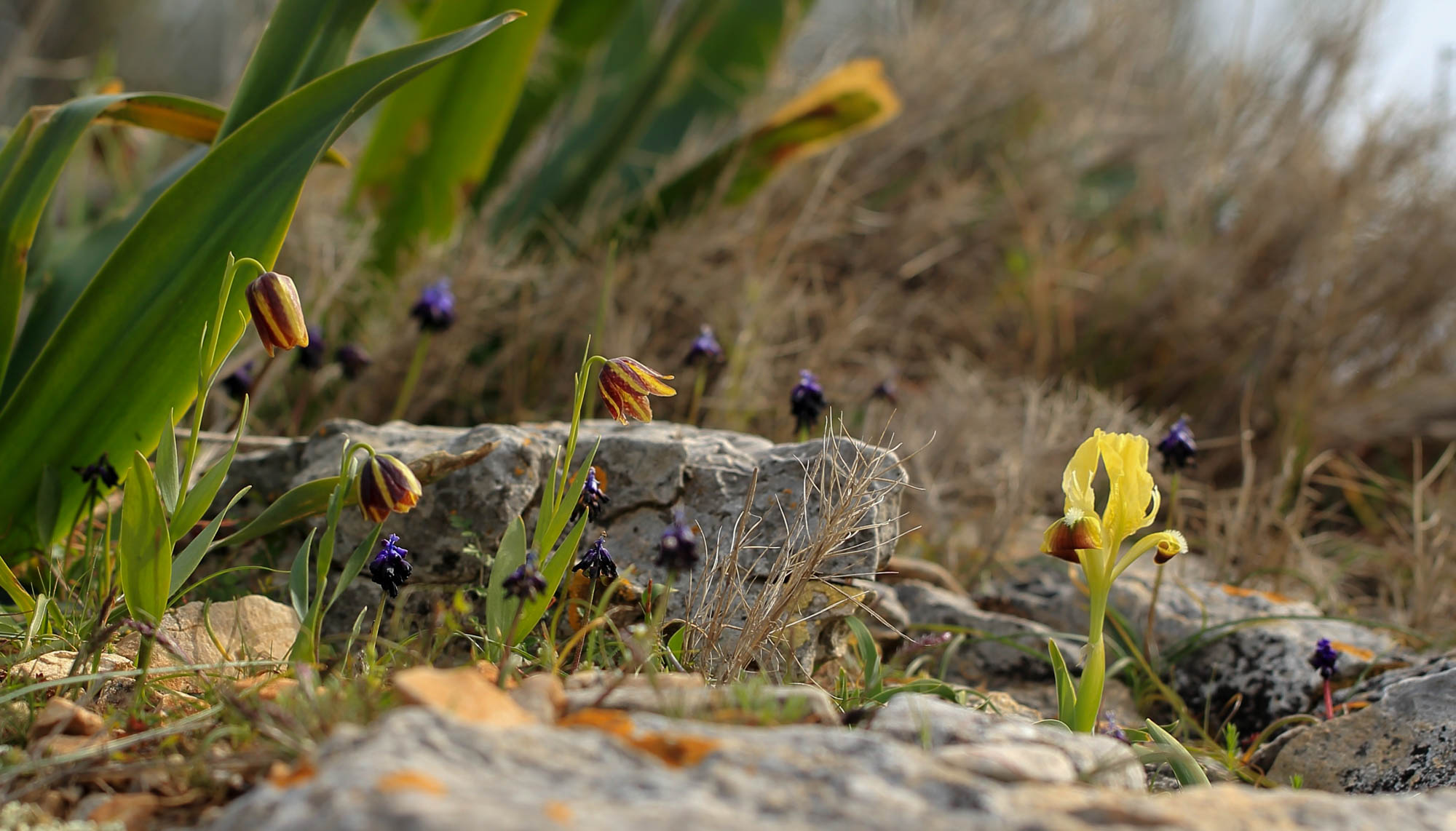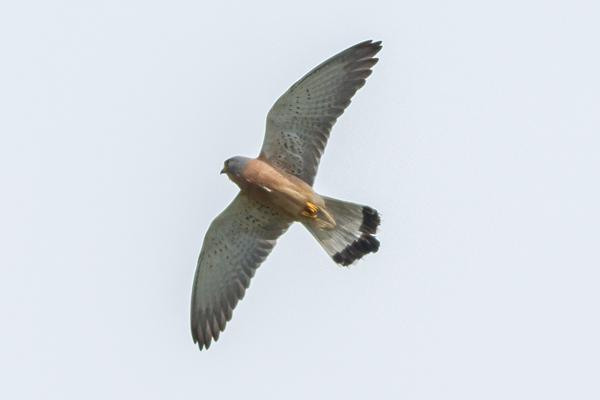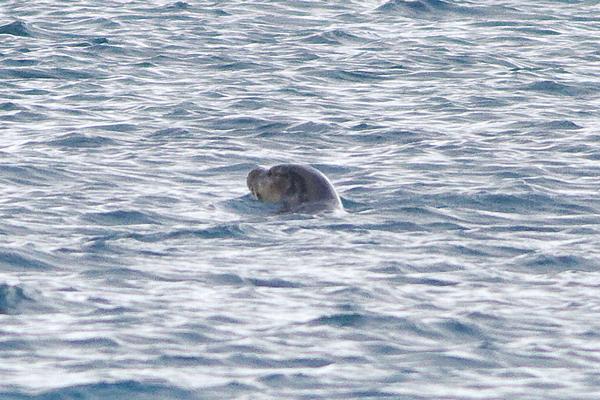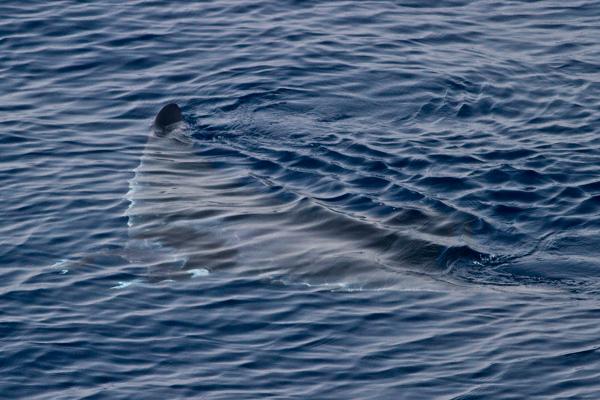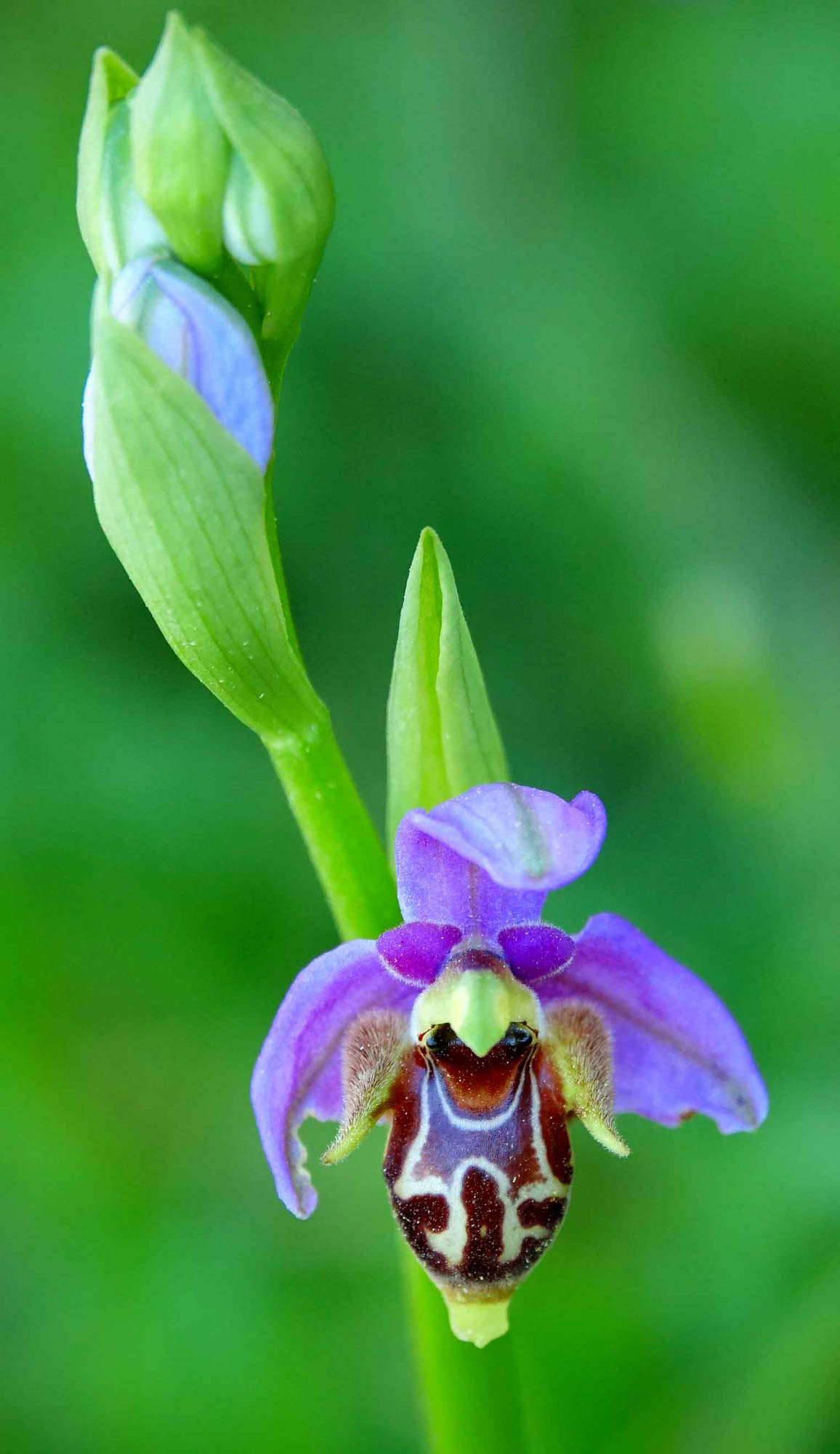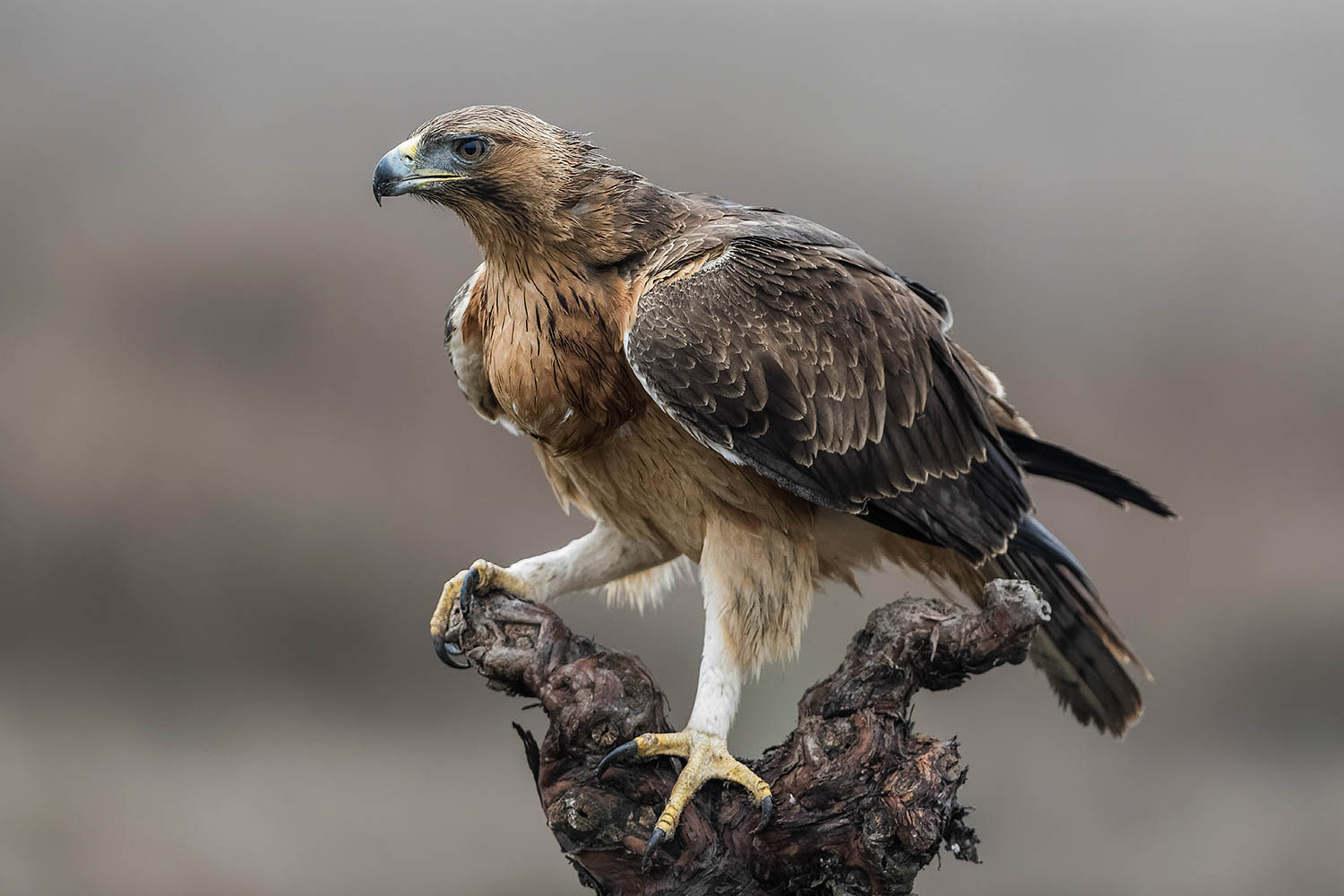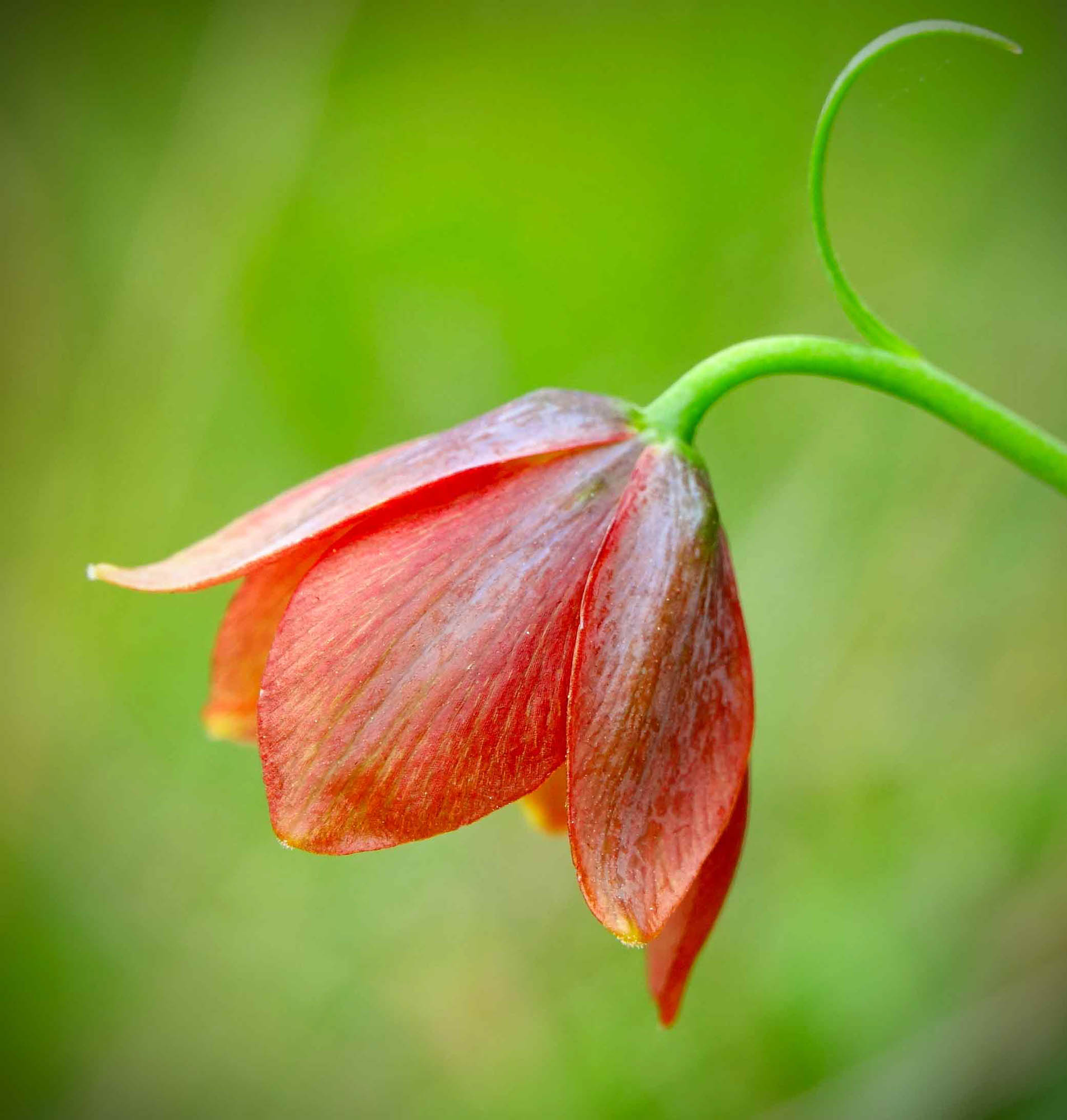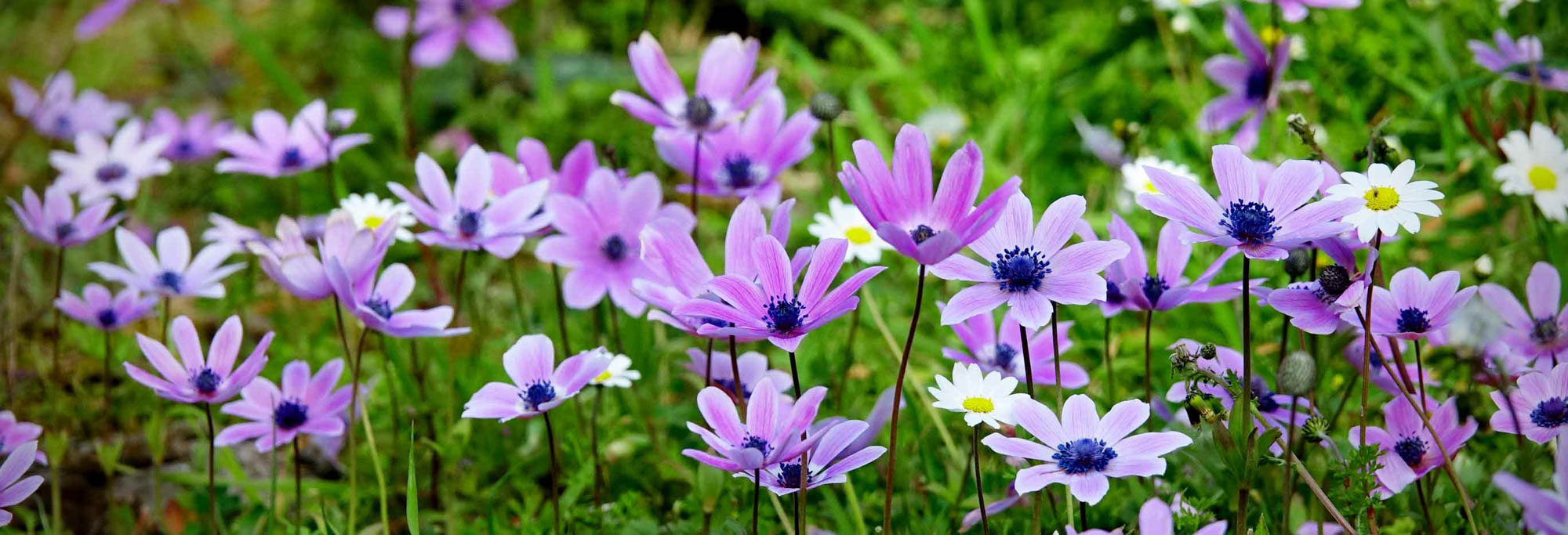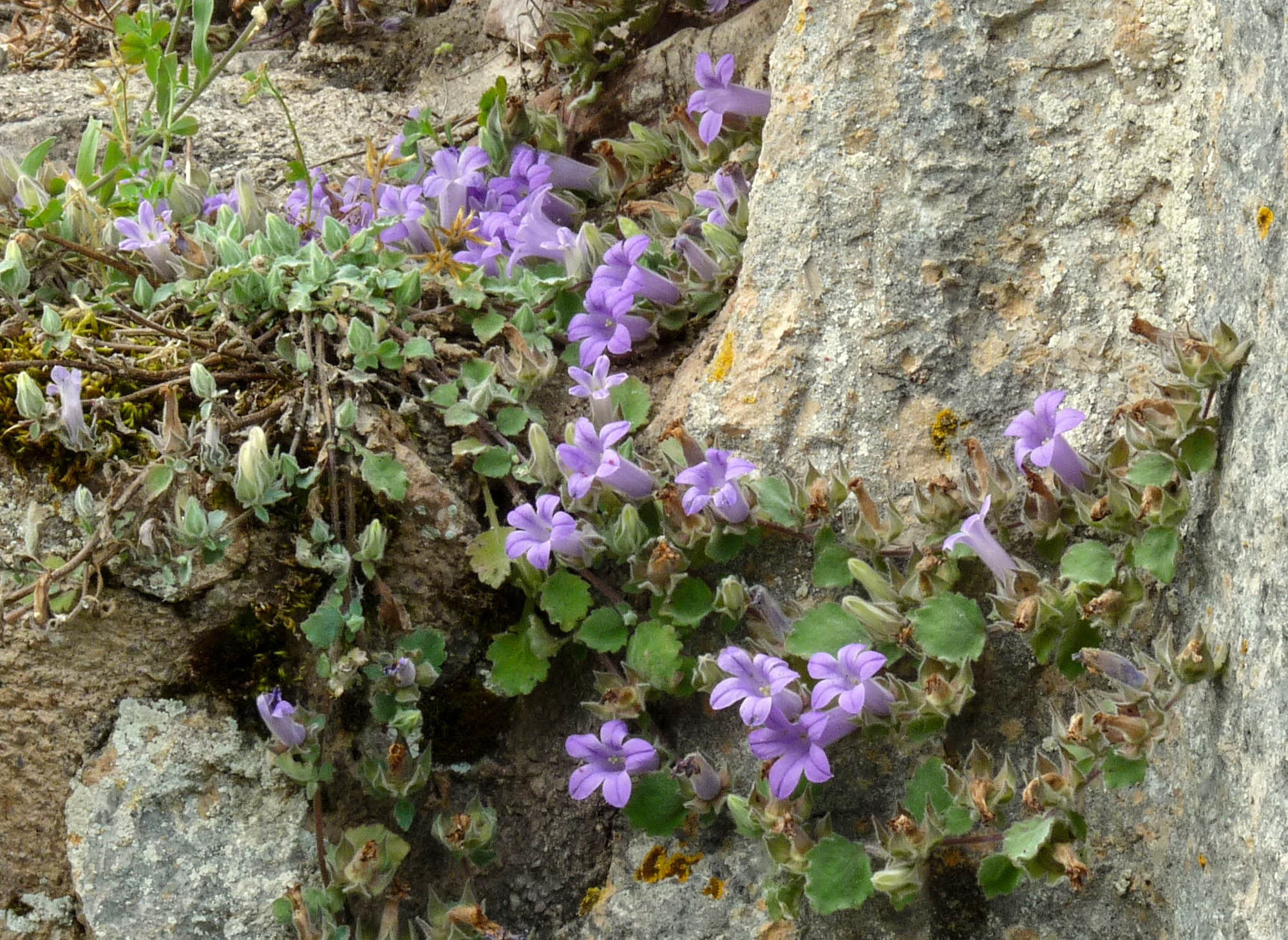

Sicily
Tajikistan

& Euboea
The Cycladic Islands are right there at the dawn of Greek civilization. Cyclades refers to the ‘circle’ of islands around the sacred and uninhabited island of Delos, revered as the birthplace of Apollo. The islands themselves were the Oceanids, the daughters of Tethys and Oceanus, these turned into rock by Poseidon when they provoked his rage. Though a number of the islands such as Mikonos suffer (or enjoy) the bounty of modern package tourism, the majority, including lovely Kythnos have settled into a very tranquil existence in the 21st century.
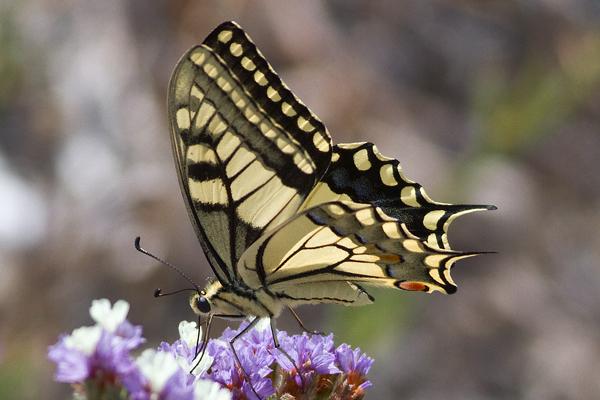
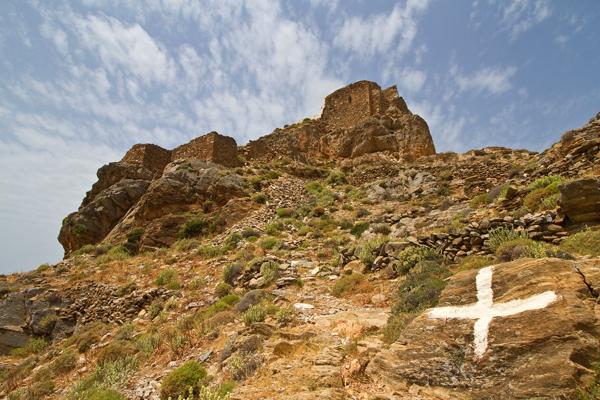
Kythnos has no airport and so one has to arrive by ferry. The island is at the junction of the Myrtoan and Aegean Seas and marine life is rich. On our ferry journey we’ll see Dolphins, hopefully more than one species, as well as Shearwaters. Underwater life is exceptionally beautiful in the seas around Kythnos’s one hundred kilometre coastline though the water will be a bit chilly for snorkeling at this time of year. However, it is a good time to see one of Europe’s most endangered mammals, the Mediterranean Monk Seal which has one of its most important populations in the northeast of the island.
Another must-see is the lovely black fritillary. Fritillaria obliqua subspecies tuntasia is a gorgeous plant, its shiny almost black bells adorning ancient forests of twisted junipers and oaks. It is only found on Kythnos and the neighbouring island. Endemic Campanula reiseri blooms on rocks around the castle ruins of the Byzantine Kastro Orias spectacularly sited on a headland, and the endemic catchfly Silene cynthia blooms here too. During the migration dozens of birds of prey are passing through, with Bonelli’s Eagles breeding on some isolated coastal cliffs.
We’ll stay in the island’s capital, Hora. With under 600 inhabitants Hora is not exactly difficult to get to know and you’ll enjoy wandering the narrow streets past the typically Aegean white-washed houses, the local homes only interrupted here and there by the odd ceramic shop. The mix of fields and terraces close to our hotel is a happy hunting ground for the orchid lover and we’ll look for Ophrys lutea and the little Bumble-Bee Orchid. Sardinian and Subalpine Warblers flit about the little Pistachia bushes lining the terraces. The beaches at Apokrousi and Episkopi, and the ephemeral wetlands behind them, are a magnet for migrant birds at this season and we can expect a range of waders, egrets and herons as well as a variety of warblers and wheatears. In the southern part of the island we’ll find a landscape full of flowers. Here are orchids such as Ophrys ferrum-equinum, Ophrys tenthredinifera, Pink Butterfly Orchid and Bug Orchid. Narcissus tazetta decorates rocks close to the shore. We’ll visit Maroulas, probably the oldest human settlement in the Cycladic Islands dating from some 10,000 years ago in the Mesolithic era. The sea has since risen but parts of the settlement are still visible.
Nearby Euboea provides a fine counterpoint to Kythnos. The second largest Greek Island behind Crete yet Euboea’s delights lay largely below the radar even to the many tourists flocking to nearby Athens. Mountain and sea is what the brochures say and it is certainly true that the island has many wonderful coves and beaches and it is also wild and mountainous with wonderful olive groves and forests. Dimfi is the highest mountain at an impressive 1743m, and at higher levels we may still find Crocus nivalis and hopefully the first blooms of little yellow Fritillaria euboeica. Euboea has a quite exceptional flora. We’ll focus particularly on finding Fritillarias. The stunning almost black Fritillaria obliqua subspecies obliqua is sure to be a highlight and amongst rocky outcrops we’ll spot the yellow-tipped mahogany bells of Fritillaria ehrhartii blooming amongst yellow Iris attica, blue Iris hellenica, Ornithogalum atticum and rare Aubrieta scyria. Notable orchids include Neotinea lactea, Ophrys aesculapii, Ophrys mammosa, Ophrys speculum and the lovely Ophrys ferrum-equinum. Woodlands have Corydalis cava, the pink primrose Primula rubra and the local endemic Paeonia mascula hellenica. Lower down shrubby Globularia alypum puts on a show with the yellow wands of Asphodeline lutea emerging from Cistus-covered slopes. Here are pink Crepis rubra, the weird Biarum rhopalospadix, Aristolochia elongata and the gorgeous flared bells of Campanula celsii. Festoons and other spring butterflies are already on the wing and there’s plenty of migrant birds passing through, in short, Euboea is fabulous spot for the naturalist in early spring!
Dates and Prices
30th March - 6th April 2025 (8 days)
* doesn't apply if you're willing to share and a room-mate can be arranged
Please note; dates and prices are provisional and will be confirmed by August 2024
Flowers (especially Fritillarias), Birds, Marine Life and Ancient Sites.
David Koutsogiannopoulos , Kurt Vickery
One leader for a group of up to 6, two leaders up to the maximum group size of 12.
All flights. All transport, accommodation and meals in Greece. Services of your leaders. Please note: drinks, tips, and items of a personal nature, including insurance, are not included. Butterfly flower and and bird checklists are available.
The first three nights of the holiday will be at Filoxenia Hotel, in Kythnos’s capital, Hora. This lovely place has pleasant light and airy rooms, each with a little balcony. It’s easy to wander the streets of tiny Hora from here or get out into the fields and terraces that surround the village. The last four nights of the tour will be on the island of Euboea (Evia). The Mousiko Pandoxiao or ‘Music Lodge’ is certainly a unique place. A renovated old estate in the little village of Steni, the Pandoxiao sits in the foothills of Mount Dimfi. The Pandoxiao owes it existence to owner and renowned composer Tassos Ioannides who made his name in the Australian film industry but who relocated with his family to this wonderful spot in order to rediscover the quiet life. All rooms on this holiday have en suite WCs/showers.
No more than three or four miles in any one day, and always at a slow pace, ideally suited to photography.
UK direct return flights to Faro are available from many UK regional airports*.
*These routes may incur a supplement but most don’t.
UK direct return flights to Athens are available from London Airports and Manchester*. Indirect routes may be available from other airports*.
*These routes may incur a supplement.
Contact us to check if there is availability for the number of places you require. Click on the ‘Book this Tour’ button on this page to be taken to the online booking form or contact us and we will send one to you which you can complete and send back to us. You will receive confirmation of your place, and then a detailed information pack will be dispatched to you about twelve weeks before departure. This will contain up-to-date health information.
